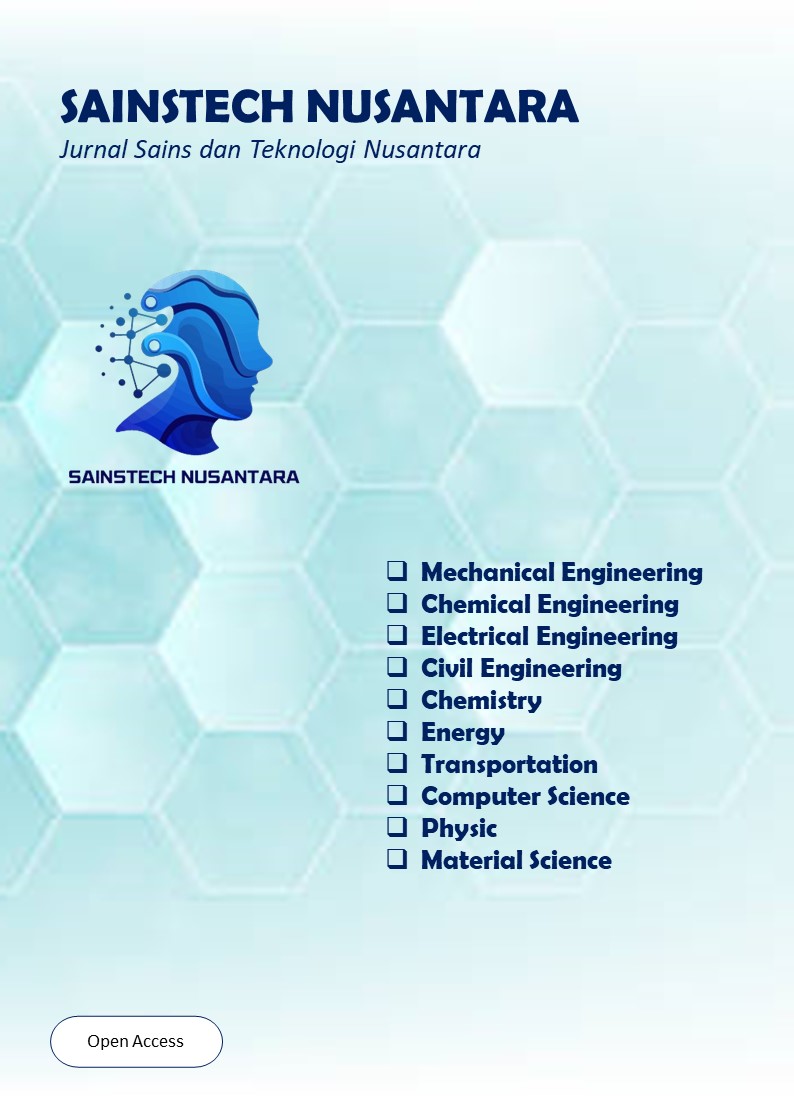Nadal Critical and Ride Index Characteristics of Inspection Train Using Universal Mechanism Software on Different Back to Back
DOI:
https://doi.org/10.71225/jstn.v1i4.66Keywords:
Nadal, Ride Index, Back to Back., Universal Mechanism, Lateral ForceAbstract
This research conducted dynamic simulations using the Universal Mechanism software with variations between back to back widths of 1000 mm and 990 mm, focusing on the relationship between train operating speed, vibration levels, and passenger comfort index during operation on a small curve on the PPI Madiun track with a radius of R42. The issue investigated in this study stems from PM No. 17 of 2011, which sets the standard back-to-back usage at 1000 mm. It is crucial to understand the characteristics of each back to back setting, as the operational track gauge used is 1067 mm. The simulation results indicate that the nadal criterion and ride index are more favorable with the 990 mm back to back setting. At a speed of 25 km/h, the nadal criterion for the 990 mm setting was 0.636, compared to 0.670 for the 1000 mm setting, and the ride index for the 990 mm setting at this speed was 1.315449, compared to 1.288552 for the 1000 mm setting. These results are considered valid as the error value in the data validation calculations was less than 10%, specifically 8.26%.
References
Peraturan Menteri 175 Tahun 2015 Tentang Standar Spesifikasi Teknis Kereta Kecepatan Normal Dengan Penggerak Sendiri.
E. D. J. Putra, Y. A. Handoko, and I. Herman, “Pemodelan dan Simulasi Dinamik Kereta Tilting pada Lintas Kereta Api,” Jurnal Penelitian Transportasi Darat, vol. 24, no. 1, pp. 35–50, Jun. 2022, doi: 10.25104/jptd.v24i1.2024.
M. Kassner, “Fatigue strength analysis of a welded railway vehicle structure by different methods,” Int J Fatigue, vol. 34, no. 1, pp. 103–111, Jan. 2012, doi: 10.1016/j.ijfatigue.2011.01.020.
G. Mikheev, E. Krugovova, and R. Kovalev, “Railway vehicle and bridge interaction: Some approaches and applications,” in WIT Transactions on the Built Environment, 2010, pp. 593–604. doi: 10.2495/CR100551.
V. Petrenko, “Simulation of Railway Vehicle Dynamics in Universal Mechanism Software,” in Procedia Engineering, Elsevier Ltd, 2016, pp. 23–29. doi: 10.1016/j.proeng.2016.01.033.
K. Knothe and S. Stichel, Rail vehicle dynamics. Springer International Publishing, 2016. doi: 10.1007/978-3-319-45376-7.
Utomo, Atmaja, Tantra “Simulasi Pengaruh Diameter Roda 660 mm, 774 mm dan 860 mm Serta Variasi Kecepatan Terhadap Kriteria Nadal dan Ride Index Lintas R80 LRTPalembang”, Jurnal Perkeretaapian Indonesia Madiun. 2023.
Y. Wang, X. Liu, Z. Li, X. Xu, J. Peng, and M. Zhu, “Research on evolution law of material comprehensive performance of S38C steel for high speed railway axle,” in International Journal of Modern Physics B, World Scientific Publishing Co. Pte Ltd, Jan. 2019. doi: 10.1142/S0217979219400125.
T. Jendel, Prediction of wheel profile wear – comparisons with field measurements, Wear 253 (2002) 89–99, https://doi.org/10.1016/S0043-1648(02)00087-X.
M. Podworna, Modelling of random vertical irregularities of railway tracks, Int. J. Appl. Mech. Eng. 20 (2015) 647–655, https://doi.org/10.1515/ijame-2015-0043.
P.A.P. Pacheco, R.C. Esteves Júnior, T.J.P. Mendes, B. Meireles, I. Formigon, Tool wear analysis in milling of locomotives wheels, SN Appl. Sci. 3 (2021), https://doi.org/10.1007/s42452-020-04020-2.
W. Zhu, D. Yang, Z. Guo, J. Huang, Y. Huang, Data-driven wheel wear modelling and reprofiling strategy optimization for metro systems, Transport. Res. Rec. 2476 (2015) 67–76, https://doi.org/10.3141/2476-10.
N.F. Strey, A.B. Rezende, R.d.S. Miranda, S.T.d. Fonseca, P.R. Mei, C. Scandian, Comparison of rolling contact fatigue damage between railway wheels and twin- disc test specimens, Tribol. Int. 160 (2021), https://doi.org/10.1016/j.triboint.2021.107037.
E. Magel, J. Kalousek, Designing and assessing wheel/rail profiles for improved rolling contact fatigue and wear performance, Proc IMechE Part F: J Rail and Rapid Transit. 231 (2017) 805–818, https://doi.org/10.1177/0954409717708079.
M. Hiensch, M. Steenbergen, Rolling Contact Fatigue on premium rail grades: damage function development from field data, Wear 394–395 (2018) 187–194, https://doi.org/10.1016/j.wear.2017.10.018.
J.P. Srivastava, M.V. Ravi Kiran, P.K. Sarkar, V. Ranjan, Numerical investigation of ratchetting behaviour in rail steel under cyclic rolling-sliding contact, Procedia Eng. 173 (2017) 1130–1137, https://doi.org/10.1016/j.proeng.2016.12.079.













